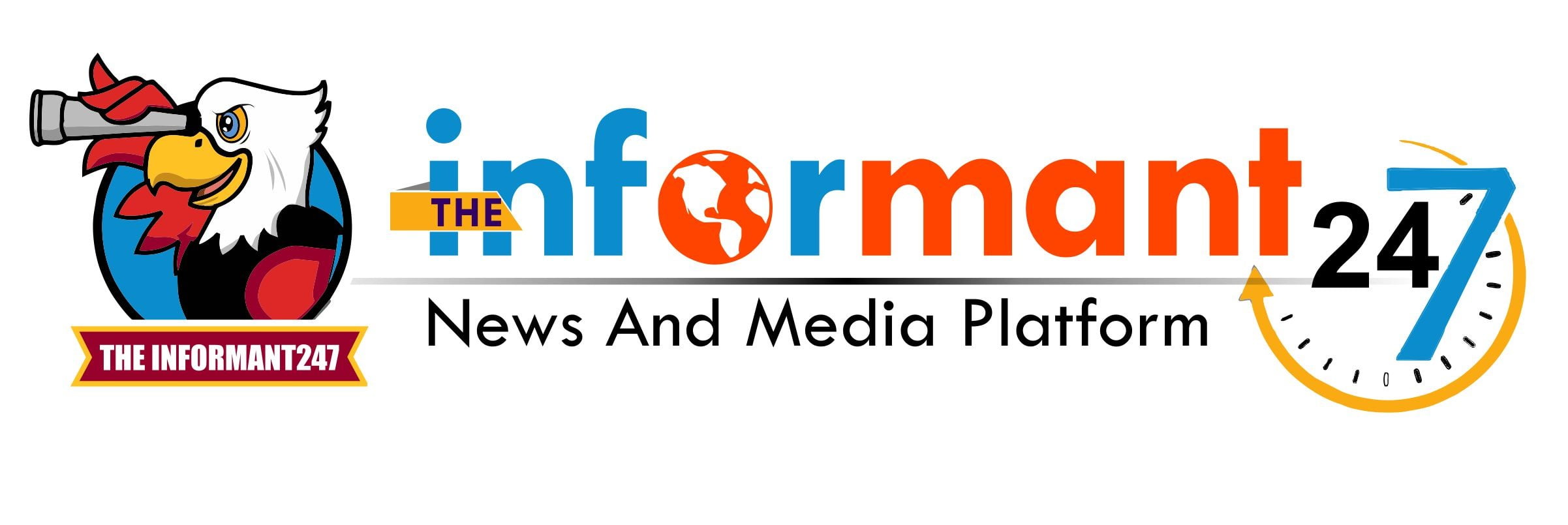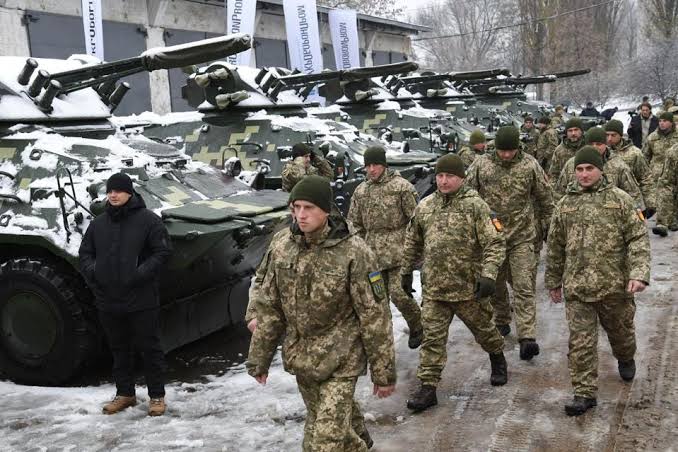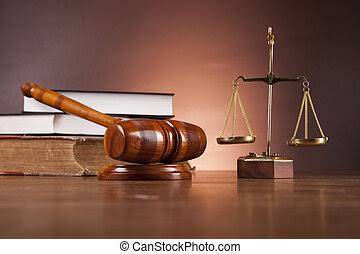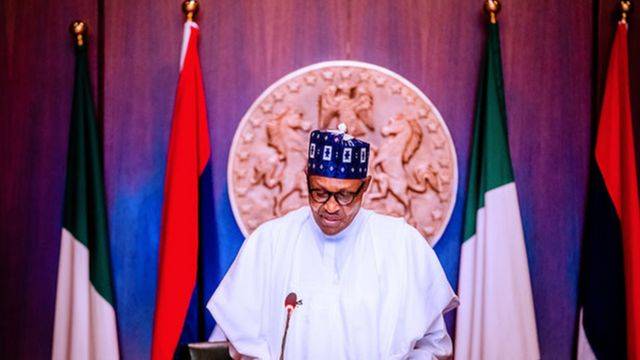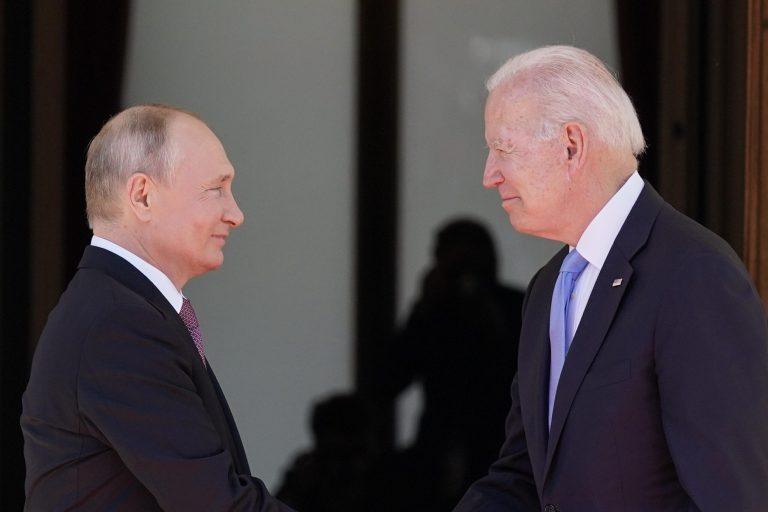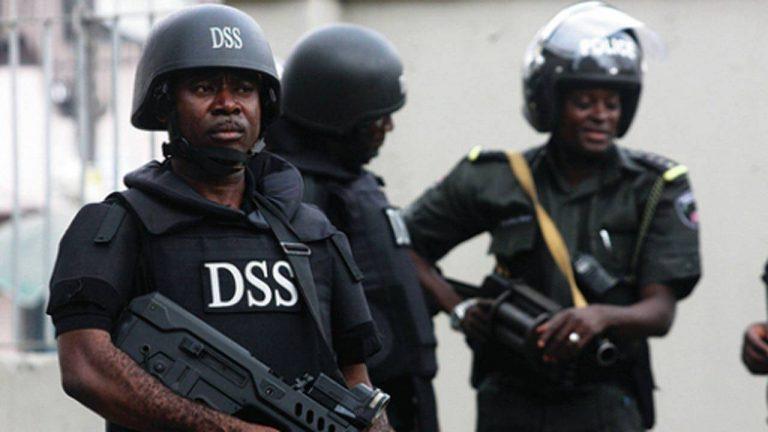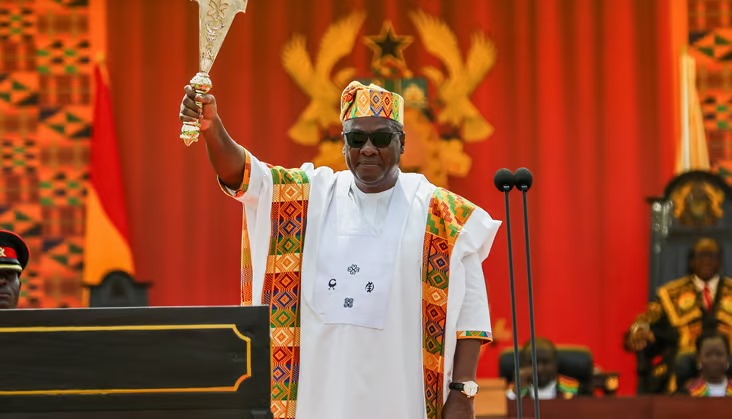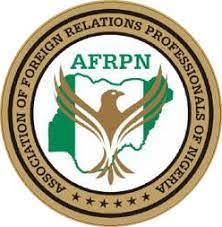EXPLAINER | Russian invasion of Ukraine explained in 600 words
The invasion of Ukraine is no longer a looming threat; it is today’s reality. From breaching Ukraine’s eastern frontiers to the mass deployment of troops, through rounds of fruitless diplomatic talks, military drills in Belarus, and the West’s threats and sanctions on Moscow, the world now teeters on the brink of a large-scale global war.
Despite intense diplomatic manoeuvres and last-ditch negotiations by the West to dissuade Moscow from launching a direct assault, hopes collapsed on Thursday morning as explosions ripped through Kharkiv, Odesa, Mariupol, and the capital, Kyiv.
The lives of millions of Ukrainians in the frontline Donbas region and across the country are under grave threat from Russia’s multi-pronged military offensive, both on the ground and from the air. A looming humanitarian crisis stares Europe in the face, as the continent witnesses the gradual unravelling of its security order.
In the days leading up to the invasion, the United States and its allies imposed multiple sanctions on the Russian Federation in a bid to call it to order, including the suspension of the Nord Stream II gas pipeline project linking Russia to the European Union. Yet, in no time, Vladimir Putin, Russia’s President, crossed the battle line, launching a full-scale military assault on Ukraine from multiple fronts.
Historical build-up
In the post-Soviet era, former Eastern Bloc states began integrating into Western security structures. Hungary, Poland, and the Czech Republic joined the North Atlantic Treaty Organisation (NATO) in 1999, followed in 2004 by Estonia, Lithuania, Latvia, Bulgaria, Slovenia, Slovakia, and Romania. Founded in 1949 to counter Soviet influence and promote Western democratic ideals, NATO’s eastward expansion was increasingly perceived by Russia, the Soviet Union’s successor state, as a strategic threat.
For Moscow, the alliance’s steady advance into former Soviet space and toward its borders represented not merely a shift in military geography but a direct challenge to its sovereignty and strategic depth in Eastern Europe. The Kremlin regards Ukraine and the Baltic states as part of its historical sphere of influence – “little brothers” whose alignment with the West would weaken Russia’s geopolitical leverage. Kyiv’s longstanding ambition to join NATO became a red line for Moscow, amplifying tensions and feeding fears of encirclement by a hostile military bloc.
Preceding hotspots
The Ukrainian Revolution of 2014, rooted in the ongoing West–East tussle over Ukraine’s geopolitical alignment, sparked an armed conflict between the Ukrainian government and pro-Russian separatists in the Donbas, on Ukraine’s eastern frontier. This conflict ultimately led to the self-proclaimed creation of the Luhansk People’s Republic and the Donetsk People’s Republic, both heavily backed by Russia and now officially recognised by the Kremlin.
Amid this political upheaval, Russia seized the opportunity to annex Crimea, a strategically vital and resource-rich region of Ukraine. The move drew swift condemnation from the West. The G8, a bloc of the world’s leading economies, in which Russia was then a member, imposed heavy sanctions on Moscow and suspended its membership indefinitely.
Putin’s stance
The Putin-led Russian invasion of Ukraine came against the backdrop of Moscow’s insistence on barring Ukraine from NATO membership. On December 17, 2021, President Putin presented the Kremlin’s security demands to the West, which included a halt to all NATO military activity in Eastern Europe and Ukraine, as well as a permanent ban on admitting Ukraine or other former Soviet states into the alliance.
These demands were firmly rejected by NATO, which maintained that Ukraine, as a sovereign nation, has the right to determine its foreign policy objectives without interference or coercion from Russia.
NATO’s insistence on its “open-door policy” and Russia’s stance on keeping Ukraine out of the alliance have together got the world to where it is today.
Follow Russia-Ukraine Crisis Live Update on The Informant247
